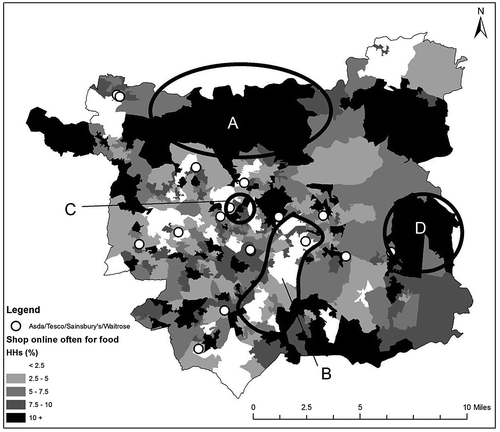Figures & data
Table 1. Structure of the Acxiom Research Opinion Poll (ROP) questionnaire, 2004–10.
Figure 1. Percentage of households that use e-commerce ‘often’ to buy different products. Source: Acxiom Research Opinion Poll (ROP).
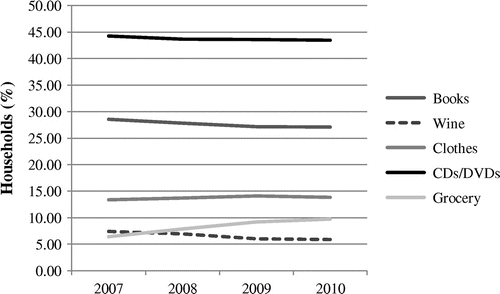
Figure 2. UK internet retail sale estimates, 2006–11.
Source: ONS (Citation2011).
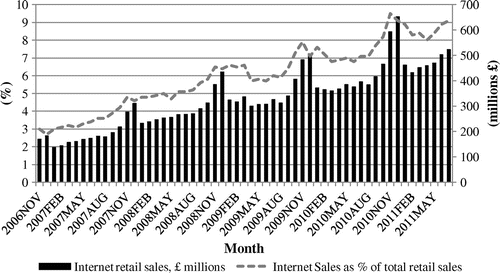
Table 2. Demographic segmentation by time, quality and cost.
Table 3. Sample size of respondents who ‘use the internet often’.
Table 4. Significance of key socio-economic factors for explaining high e-commerce usage for groceries.
Figure 3. Percentage of households recording frequency of use of the internet to buy goods and services by age.
Source: Acxiom Research Opinion Poll (ROP).
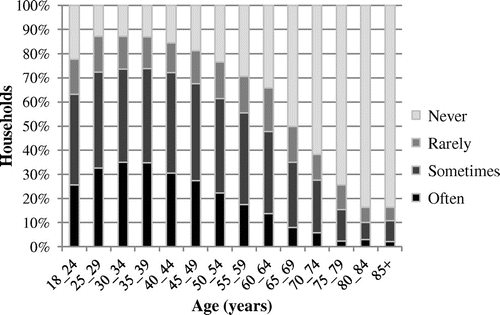
Figure 4. Percentage of households that responded ‘Often’ to the question ‘How often do you use the internet to buy goods and services?’ by age and gender.
Source: Acxiom Research Opinion Poll (ROP).
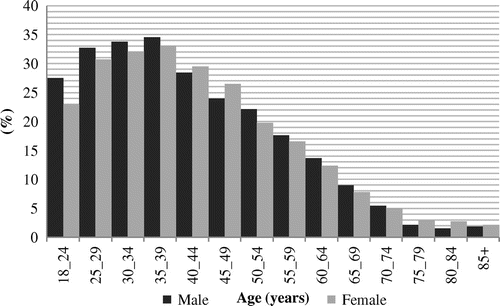
Figure 5. Variations in usage for the question ‘How often do you use the internet to buy goods and services?’ by household income.
Source: Acxiom Research Opinion Poll (ROP).
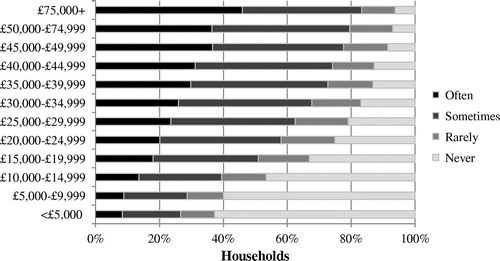
Table 5. Households purchasing goods online by output area classification (OAC).
Table 6. Variations in usage for the question ‘How often do you use the internet to buy goods and services?’ by Middle-Layer Super Output Area (MLSOA) urban/rural classification.
Figure 6. Households with an internet connection, 2007–10.
Source: Acxiom Research Opinion Poll (ROP).
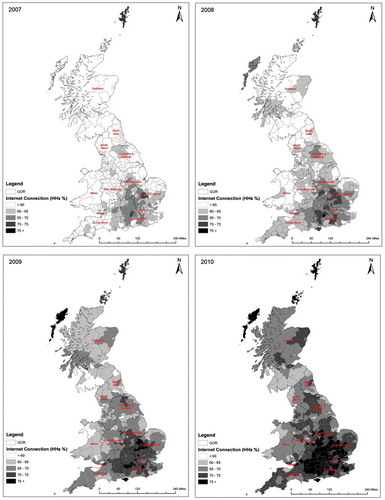
Figure 7. Frequent e-commerce usage by households in the UK, 2008–10.
Source: Acxiom Research Opinion Poll (ROP).
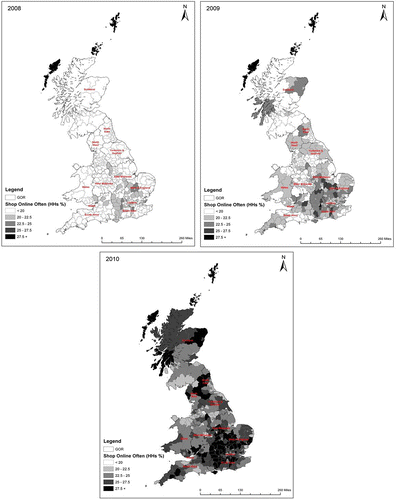
Table 7. Average distance travelled to the nearest grocery store by retailer for online and offline customers.
Figure 8. Online grocery penetration by the lower Super Output Area in Leeds.
Source: Acxiom Research Opinion Poll (ROP).
